NIL
Terps Set for Final Series Against No. 20 Nebraska
Story Links Maryland (18-28) vs. Nebraska (35-12) May 2-4, 2025 Bowlin Stadium Friday at 5:00 PM, Saturday at 2:00 PM, and Sunday at 12:00 PM BTN and B1G+ COLLEGE PARK, MD – Maryland softball hits the road for the final time this season as it travels to Nebraska for a three-game Big Ten series […]
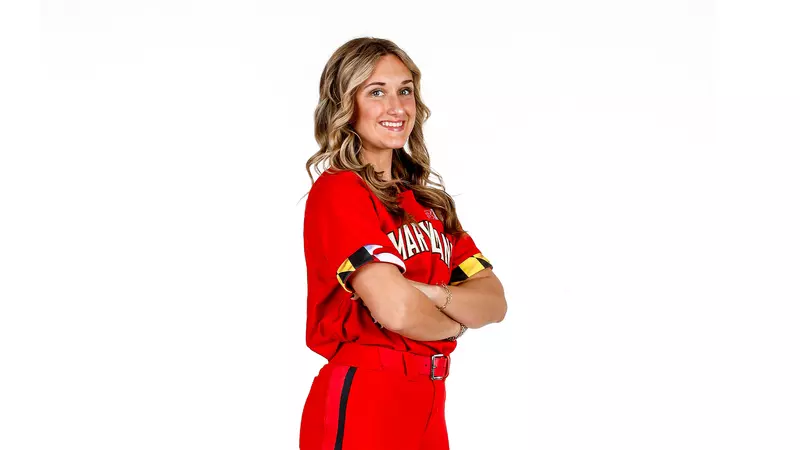
Maryland (18-28) vs. Nebraska (35-12)
May 2-4, 2025
Bowlin Stadium
Friday at 5:00 PM, Saturday at 2:00 PM, and Sunday at 12:00 PM
BTN and B1G+
COLLEGE PARK, MD – Maryland softball hits the road for the final time this season as it travels to Nebraska for a three-game Big Ten series beginning Friday.
matchup preview
- The Terps enter the weekend with an 18-28 overall record and a 3-16 mark in Big Ten play. Maryland is coming off a 9-2 win over Howard in its home finale. Seven Terps recorded at least one RBI, highlighted by Sydney Lewis and Julia Shearer who each drove in two runs. Lewis hit her 10th home run of the season and 16th of her career. In the circle, Bri Godfrey tossed a complete-game win, allowing just three hits and one earned run while striking out six. Sammi Woods and Lewis each went 3-for-4, matching career highs. The Terps plated four runs in the first inning and three more in the second to take control early. Godfrey’s outing marked her fifth complete game of the season and seventh of her career.
- Nebraska enters the series 35-12 overall and 14-5 in Big Ten play, sitting third in the conference standings. The Cornhuskers are coming off a series win over Washington, taking games one and three by scores of 12-8 and 6-0.
- Nebraska is led offensively and in the circle by junior two-way standout Jordyn Bahl, who owns a team-best .468 batting average along with 65 hits, 56 RBI, and 17 home runs. In the circle, Bahl holds a 1.56 ERA across 30 appearances and 24 starts. She’s compiled 218 strikeouts, six shutouts, and 17 complete games.
- Ava Kuszak is another offensive force, ranking second on the team with a .420 batting average and 50 RBI, while leading the Cornhuskers with 18 home runs.
- Nebraska leads the all-time series 15-2, with the teams last meeting in 2023 in College Park. The Cornhuskers won two of three games in that series.

The Terps defeated Howard in their final home game of the season.
b1g Selections leaving their mark
- 2024 All-Big Ten Second Team honorees Mazie MacFarlane and Sydney Lewis have continued to produce in 2025.
- MacFarlane ranks second on the team with a .329 batting average and leads the Terps in hits (46) and doubles (15). She starred in the Penn State series, going 5-for-6 with two home runs, two doubles, and three RBI out of the leadoff spot. Against Howard, she recorded her 200th career hit.
- Lewis has already surpassed her 2024 home run total, tallying 10 this season. She leads Maryland in batting average (.331), is second in hits (44), and first in RBI (38).

MacFarlane picked up her 200th career hit against Howard.
Sam bean’s Breakout season
- Graduate catcher Sam Bean has made a major impact in her first full season at Maryland after missing 2024 due to injury. The Rockwall, Texas native ranks second on the team with 33 RBI and has hit a career-best seven home runs.
- Bean’s top performance came in a win over Purdue, where she blasted two two-run home runs and recorded a career-high four RBI. Against Penn State, she added five more RBI across the final two games of the series.

NIL
Texas Tech pitcher NiJaree Canady signs a second $1 million-plus NIL deal, AP source says :: WRALSportsFan.com
By CLIFF BRUNT, AP Sports Writer OKLAHOMA CITY — OKLAHOMA CITY (AP) — Texas Tech pitcher NiJaree Canady has signed another $1 million-plus NIL deal, a person with knowledge of the agreement told The Associated Press on Friday. The person spoke to the AP on condition of anonymity because they were not authorized to discuss […]
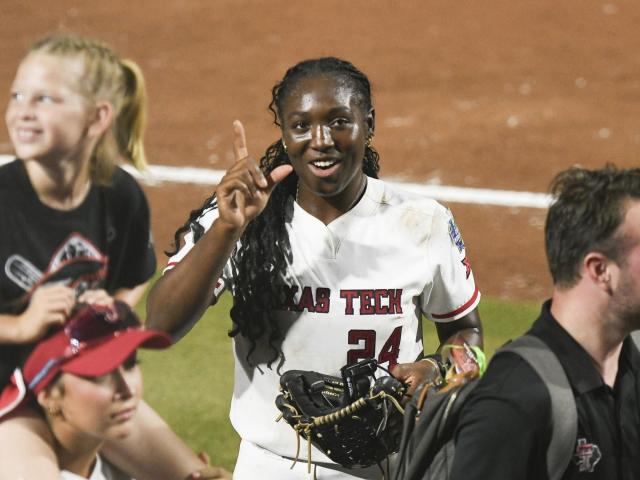
OKLAHOMA CITY — OKLAHOMA CITY (AP) — Texas Tech pitcher NiJaree Canady has signed another $1 million-plus NIL deal, a person with knowledge of the agreement told The Associated Press on Friday.
The person spoke to the AP on condition of anonymity because they were not authorized to discuss the situation publicly.
ESPN first reported the deal.
The name, image and likeness deal came hours before Canady was set to pitch for the Red Raiders in the decisive Game 3 of the Women’s College World Series championship series against Texas.
Canady signed a similar deal with Texas Tech last year after she had led Stanford to the World Series semifinals two straight years. It has paid off — she leads the nation in wins (34) and ERA (0.97) and has thrown every pitch for the Red Raiders in the World Series.
___
AP sports: https://apnews.com/sports
NIL
Texas Beats Texas Tech to Win 2025 College Softball World Series Bracket
No. 6 Texas took down No. 12 Texas Tech by the final score of 10-4 to emerge victorious in the 2025 Women’s College World Series. The Longhorns took an early lead and never looked back on Friday night at Devon Park in Oklahoma City, winning the series 2-1 and clinching a Women’s College World Series […]
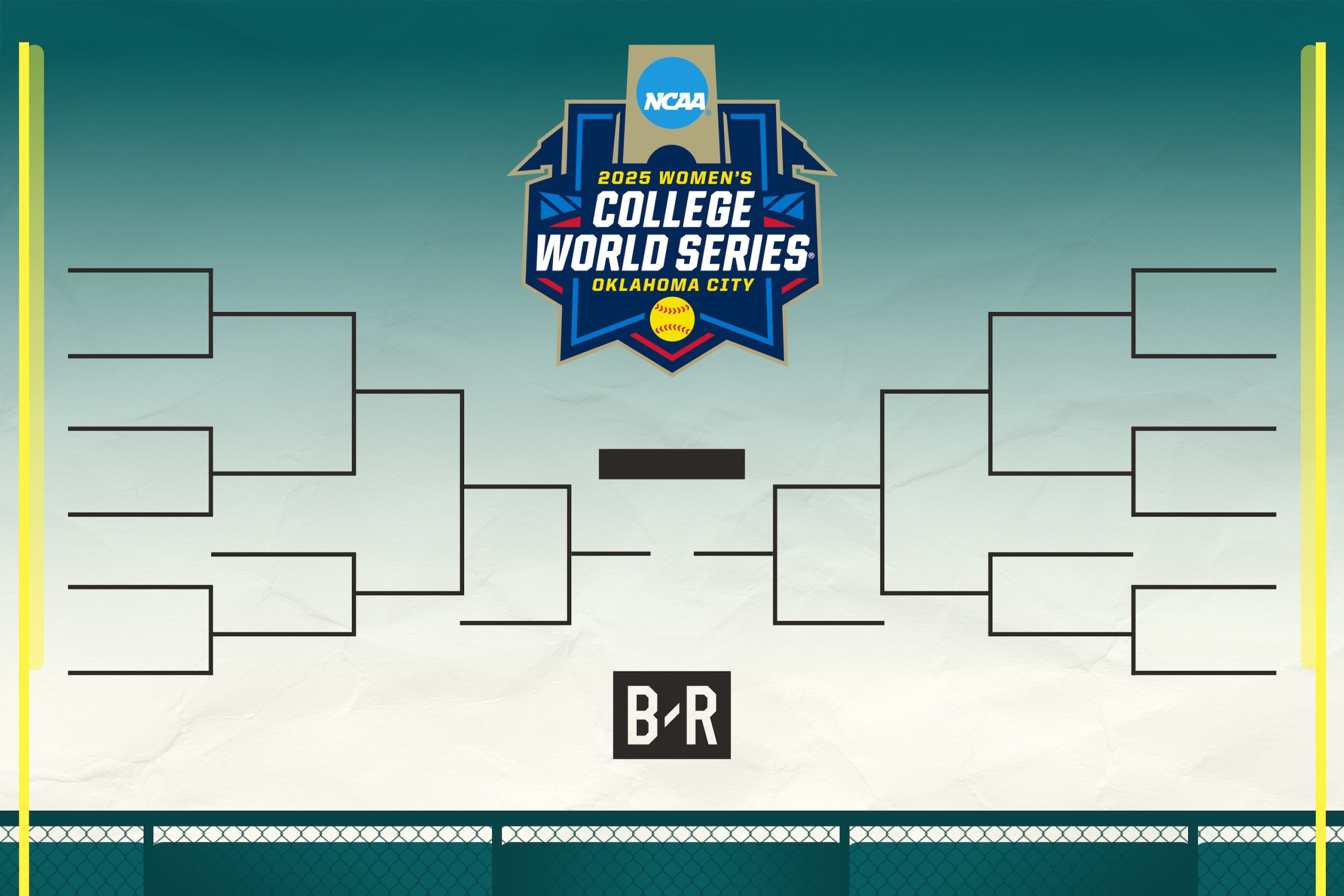
No. 6 Texas took down No. 12 Texas Tech by the final score of 10-4 to emerge victorious in the 2025 Women’s College World Series.
The Longhorns took an early lead and never looked back on Friday night at Devon Park in Oklahoma City, winning the series 2-1 and clinching a Women’s College World Series championship for the first time in school history.
After Texas Tech couldn’t get on the board in the top of the first inning, Texas quickly jumped out in front by scoring five runs in the bottom of the opening frame.
Red Raiders pitcher NiJaree Canady was stellar throughout the tournament, but she struggled after beginning Friday’s contest with a strikeout. A pair of RBI singles from Reese Atwood and Katie Stewart gave the Longhorns an early 2-0 edge.
Canady initially seemed as though she could get out of the inning without allowing any further damage, but a three-run home run from Leighann Goode put Texas up 5-0.
Five runs were the most that Canady allowed in any inning throughout her career, as she was replaced by junior Chloe Riassetto to start the second inning.
Stewart recorded another RBI single in the third inning to extend Texas’ lead to 6-0 until the team put together another offensive outburst in the fourth.
After a pair of infield singles and a double loaded the bases, Longhorns senior Mia Scott hit a towering grand slam to dead center that put an end to any comeback hopes that Texas Tech still had.
Scott’s homer was especially impressive considering she’s reportedly been playing with a torn ACL.
She was one of four members of the Longhorns’ lineup to finish with multiple hits in Game 3.
Teagan Kavan took the mound for Texas, racking up 110 pitches in seven innings of work. Kavan allowed four runs, although all were unearned.
She was named the Most Outstanding Player in the Women’s College World Series.
Texas Tech attempted to rally with three runs in the fifth inning and one in the top of the seventh, but a groundout from Lauren Allred sealed the defeat.
Friday’s lopsided result was surprising, as each of the first two games of the series were decided by one run.
In the end, Texas took home some hardware.
NIL
College Athletics Enters Revenue-Sharing Era As Judge Approves House Settlement
College athletics has officially entered a new era. On Friday, U.S. District Court Judge Claudia Wilken issued a long-awaited final approval of a settlement in the landmark House v. NCAA antitrust case that paves the way for direct sharing of revenue between schools and thousands of athletes while upending decades worth of tightly held college […]

College athletics has officially entered a new era.
On Friday, U.S. District Court Judge Claudia Wilken issued a long-awaited final approval of a settlement in the landmark House v. NCAA antitrust case that paves the way for direct sharing of revenue between schools and thousands of athletes while upending decades worth of tightly held college amateurism rules.
“Despite some compromises, the settlement agreement nevertheless will result in extraordinary relief for members of the settlement classes. If approved, it would permit levels and types of student-athlete compensation that have never been permitted in the history of college sports, while also very generously compensating Division I student-athletes who suffered past harms,” Wilken wrote in her order, which was posted slightly after 9 p.m. ET. “The reaction of settlement class members has been very favorable, as only a very small fraction of them have opted out or objected. The Court will, therefore, grant final approval of the settlement agreement.”
The $2.8 billion class-action settlement was first approved by the NCAA and Power 5 conferences in May 2024 before slowly making its way through the Northern District of California court in a process that was anything but expedient and straightforward. At a final in-person hearing that took place on the day of the Division I men’s basketball national championship game this April, several objectors raised enough issues around thorny subjects, such as proposed roster limits, that caused Judge Wilken to threaten to send the case to trial if changes were not made.
Both parties quickly reworked select parts of the agreement in recent weeks that were later submitted to the court and subsequently had much of the college athletics world waiting for Friday’s final go-ahead for new rules to come into effect on July 1.
“Many looked to April’s hearing about the House settlement as a culmination of sorts, but the court’s final approval of the settlement in fact marks a new beginning for Division I student-athletes and for the NCAA,” NCAA president Charlie Baker said in a statement. “Approving the agreement reached by the NCAA, the defendant conferences and student-athletes in the settlement opens a pathway to begin stabilizing college sports. This new framework that enables schools to provide direct financial benefits to student-athletes and establishes clear and specific rules to regulate third-party NIL agreements marks a huge step forward for college sports.”
The end result is a significant change to the entire college athletics ecosystem. The settlement actually wraps up three antitrust cases against the association and its member schools. In addition to the namesake House v. NCAA lawsuit that was originally filed in 2020 by Arizona State Sun Devils swimmer Grant House and then-Oregon Ducks women’s basketball player Sedona Prince, the deal also addresses issues raised in the Hubbard v. NCAA (focusing on academic awards) and Carter v. NCAA (challenging rules against performance pay) cases.
While the top-line $2.8 billion figure is certainly an eyebrow raiser, the NCAA and its fellow defendants were on the hook for upward of $20 billion had the case gone to trial and lost. The total amount is set to be paid over the course of the next 10 years, with the tab being split 60–40 by the Power 5 conferences and the remainder covered by the NCAA and the rest of Division I in the form of reduced distributions for the next decade. Players who participated in college athletics going back to 2016 will receive most of that—save for hundreds of millions in attorneys fees—with the bulk directed toward football and men’s and women’s basketball players whose lost NIL opportunities were at the heart of the case.
The forward-looking sums are nothing to overlook as schools across Division I will now be able to “opt in” to the settlement on a yearly basis and share revenue directly with their athletes up to a predetermined cap. For the upcoming 2025–26 school year, that mark is set at $20.5 million and all Power 5 conference schools will be required to opt in, though plans for how that money is distributed will vary in terms of the total amount and how much athletes get depends on campus priorities.
In addition to the back damages and pending revenue sharing, there are two other notable tenants of the settlement that are set to change the nature of college sports.
The most controversial from a legal perspective concerned new roster limits for every Division I–sponsored sport. In the past, teams were mostly limited by the number of scholarships they could hand out, such as the longtime cap of 85 in FBS football or the dozen in women’s volleyball. Moving forward, programs will face a hard cap in terms of the number of players—football is moving to 105, for example—but can offer full scholarships to everybody on the roster.
This is expected to greatly increase the number of athletes getting a full ride to their respective school, but will come at the expense of some players’ spots on a team in so-called equivalency sports like rowing or swimming (where overall numbers greatly exceed the number of scholarships handed out). This was perhaps the most contentious part of the settlement over the course of the spring, with objectors raising enough concern over the issue to ultimately force Judge Wilken to withhold final approval until things were amended to include such roster limits already in place over the next few years for those currently on a team or set to be enrolled as freshmen this fall.
On a day-to-day perspective, most athletes and administrators will have to come to grips with another key aspect of the settlement concerning name, image and likeness deals. While there has always been a bit of a Wild West element to the burgeoning NIL space, the settlement attempts to rein things in significantly, particularly with regard to payments coming from booster collectives.
Moving forward, all deals with athletes over $600 will now have to be submitted to a new clearinghouse—dubbed “NIL Go”—that is being run by accounting firm Deloitte and will attempt to determine if such agreements are market value. For those deemed to be above such a benchmark, the deals can either be sent to a neutral arbitrator for review or can be turned down by the athlete. Players who still accept such deals, and even the schools themselves, could face punishment for a new enforcement apparatus that is separate from the NCAA which is set to police such aspects of the settlement and will have penalties ranging from fines to withholding eligibility.
To support all this foundational change, the NCAA’s Division I Board of Directors approved changes to nearly 150 rules in the organization’s byzantine rulebook in April that were contingent on the approval given by the court this week.
Another unprecedented aspect of the settlement is the impact it will have on enforcement of both existing NCAA rules and those terms mandated over the next 10 years as part of the injunctive relief approved by the court. The power conferences incorporated a separate limited liability corporation this spring called the College Sports Commission, which is tasked with overseeing the cap on revenue sharing and empowered with enforcing rules surrounding NIL moving forward—taking the latter away from the NCAA’s existing group overseeing such cases. A source confirmed to Sports Illustrated that Bryan Seeley, MLB executive vice president of legal and operations, is set to become the organization’s CEO and will soon become responsible for adjudicating many aspects of the settlement with schools, players and possibly even boosters.
While the final settlement in the House case is set to upend the status quo in college sports virtually overnight, the changes the larger enterprise is set to undergo will not stop with Wilken’s signature. NCAA leadership has been active on Capitol Hill the past few years lobbying for an antitrust exemption from Congress and has even drawn the attention of the current administration with talk of a presidential commission—fronted in part by former Alabama Crimson Tide head coach Nick Saban—being floated in recent weeks.
Meanwhile, the courts will continue to soak up their share of billable hours. The settlement is expected by many in the legal community to draw additional lawsuits challenging parts, or all, of the issues it addresses and there remain several other notable class-action suits already making their way through the system. Fontenot v. NCAA, which challenges direct compensation on the basis of athletic performance, is one notable example and there are dozens of other pending cases involving athlete eligibility that have been filed in numerous states across the country.
Such concerns will be saved for another day, however, as the furious amount of planning that has gone on in recent months at athletic departments across the country will finally go into overtime in order to hit next month’s start date that, finally, became official on Friday.
More College Sports on Sports Illustrated
NIL
Judge Claudia Wilken Approves NCAA’s $2.78 Billion House Settlement, Colleges Can Begin Revenue Sharing with Athletes July 1
The NCAA House Settlement has been officially approved. Following multiple delays and revisions, Judge Claudia Wilken approved the NCAA’s $2.78 billion House Settlement on Friday, meaning colleges will be able to engage in revenue sharing directly with players beginning on July 1. Roster limits in many sports will change, some reduced, some increased, but the NCAA […]
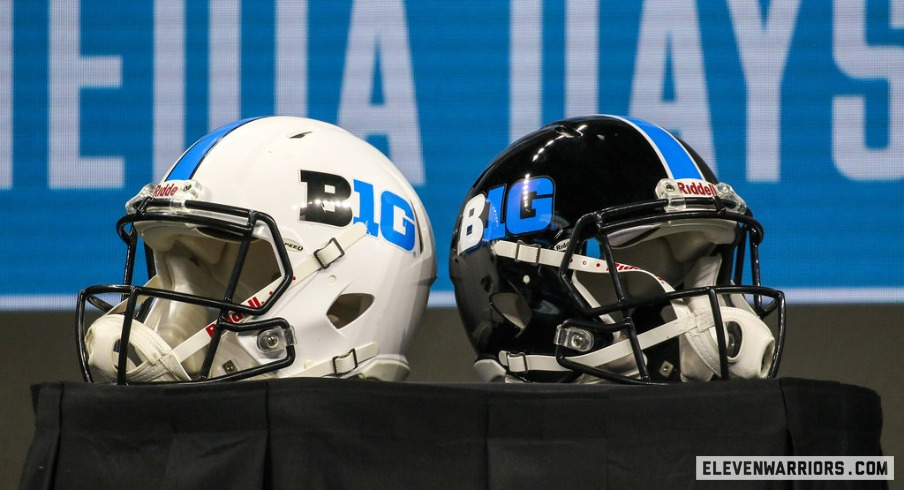
The NCAA House Settlement has been officially approved.
Following multiple delays and revisions, Judge Claudia Wilken approved the NCAA’s $2.78 billion House Settlement on Friday, meaning colleges will be able to engage in revenue sharing directly with players beginning on July 1. Roster limits in many sports will change, some reduced, some increased, but the NCAA agreed to grandfather in athletes who would have been impacted this year as part of a compromise.
The model created by the settlement will permit schools – though it won’t require them – to share revenue with athletes up to a cap equivalent to 22% of the average revenue for power conference schools.
Per On3’s Pete Nakos, schools will be operating with roughly a $20.5 million revenue share salary cap in year one, between $13 to $16 million of which will go to football. Schools may try to work around the cap with traditional NIL deals, though as part of the settlement, all NIL deals larger than $600 must be approved by the NIL Clearinghouse run by Deloitte. As always, billable hours will remain undefeated in the future.
The $2.78 billion will be distributed to former college athletes to resolve a trio of antitrust lawsuits against the NCAA. The NCAA will pay $1.2 million from its reserves while the rest of the settlement will be funded by a reduction in distributions to its Division I members over the next 10 years. Power Five conferences and the NCAA approved the settlement terms on May 23 and had waited on official approval for a few weeks.
NIL
Feasibility of UNCW sports and entertainment arena under review, NIL lawsuit a factor
Trask Coliseum. (Port City Daily/file photo) WILMINGTON — UNCW is in the early stages of developing a new basketball arena and potential concert venue, a step-up for a team increasingly gaining more recognition on the national level. READ MORE: In its infancy, UNCW NIL program is providing athletes money but also real-life work experience Last fall, […]
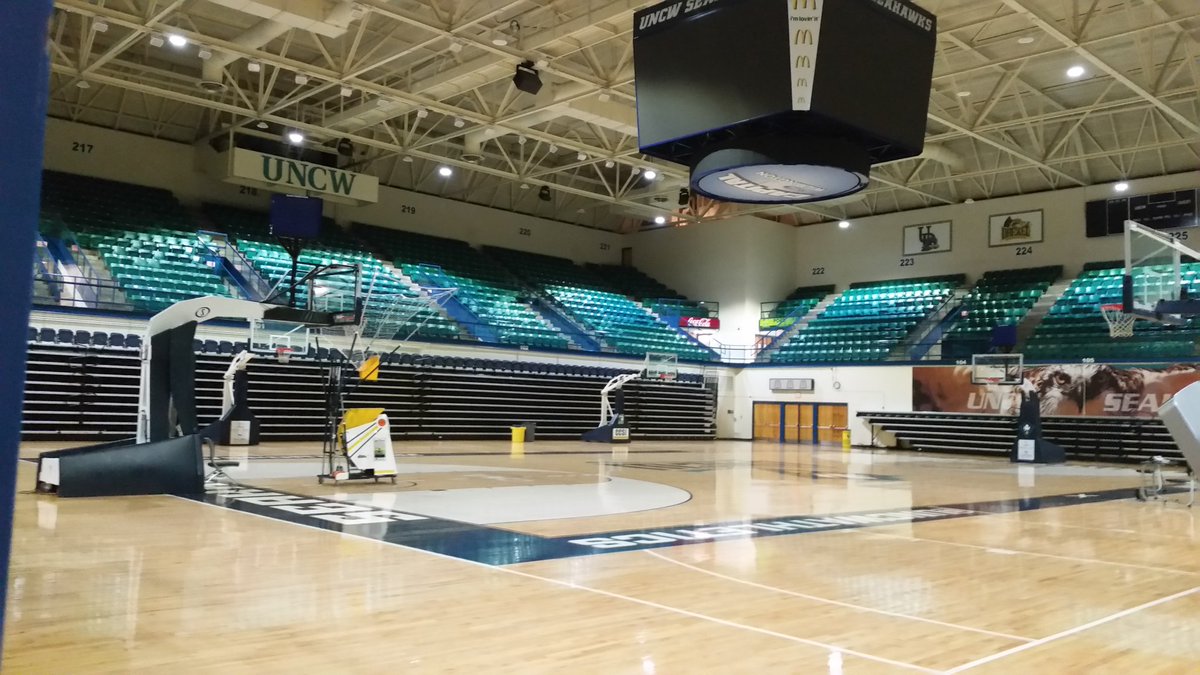

WILMINGTON — UNCW is in the early stages of developing a new basketball arena and potential concert venue, a step-up for a team increasingly gaining more recognition on the national level.
READ MORE: In its infancy, UNCW NIL program is providing athletes money but also real-life work experience
Last fall, UNCW Athletics launched a feasibility study into upgrading Trask Coliseum, either through renovation or a new replacement stadium. The UNCW Board of Trustees approved either option as part of the university’s new 10-year master plan in August 2024.
UNCW hired Conventions, Sports & Leisure Internationl to conduct the study — the evaluation of a new tennis is also included in the scope of work — and provide a report of its funding; the contract is for $90,000.
UNCW’s men’s and women’s basketball teams compete in Trask, built in 1977, only six years after the opening of the college’s oldest dorm Galloway Hall, which was torn down last year.
The most recent improvements to the 5,200-seat venue have been a $2-million renovation in 2011, which included the installation of a video board and LED courtside boards; new LED lighting was installed in 2013. Though structurally sound, the building remains dated, UNCW Athletics Director Mike Oblinger told Port City Daily in an interview on May 30.
“Some of the amenities that other buildings, newer buildings, enjoy — we just don’t have that capability,” Oblinger said. “Mostly it’s around the fan amenities. It’s concessions, it’s food quality; we don’t really have a true area for fans to buy gear and team-shop and things like that.”
Oblinger noted Trask doesn’t offer premium seating options either, such as suites or club seats that offer an enhanced viewing experience for a higher ticket price. As the teams gain more acclaim — the men’s basketball team made it to the first round of this year’s NCAA championship, where it lost to Texas Tech — these coliseum enhancements are aimed at further enriching the fan experience.
The vision for UNCW’s new arena aims to be similar to other NCAA Division I schools in the UNC System, such as UNC Chapel Hill’s Dean. E Smith Center (opened in 1986) and N.C. State’s Lenovo Center (opened in 1999). Both offer multiple concession and merchandise areas surrounding the court, along with other food vendor stands dispersed throughout. The Lenovo Center is also home to the Carolina Hurricanes ice hockey team and regularly books A-list music artists, including Beyonce, Taylor Swift and Post Malone.
CSL is exploring hosting concerts at the new arena, as Trask has done in the past. It has hosted Frank Sinatra, The Righteous Brothers, Darius Rucker and the Goo Goo Dolls.
Oblinger said the team has not decided yet on a new build or renovation, which would displace the teams. Any new structure would have to fall in the general vicinity of Trask’s current 15,000-square-feet footprint at the front of campus.
In fact, UNCW hasn’t decided if it’s moving forward with a new arena at all. Oblinger said a lot of financial decisions, not just at UNCW but across NCAA athletics, are riding on what’s called “the House decision.”
Grant House and Sedona Prince v. National Collegiate Athletic Association, et al is a class action lawsuit against the NCAA and five athletic conferences. Two student athletes sought name, image, and likeness (NIL) damages and an injunction to force the NCAA and affiliated athletic conferences to lift restrictions on revenue-sharing from broadcast rights.
The NCAA voted to settle the lawsuit for $2.75 billion in May 2024 and agreed to a revenue-sharing model, allowing member institutions to distribute up to $20 million to Division I athletes that have played since 2016. It would also allow direct payments from schools to athletes and increasing regulation of NIL deals.
The settlement is an attempt to level the playing field four years after NIL compensation was legalized, meaning student athletes can now make brand deals and get paid. The settlement will curtail high-profile programs from outspending opponents in attempts to attract players and likely reduce the amount of money athletes can earn, particularly from collectives organized by school booster clubs.
Judge Claudia Wilken is expected to rule on validating the settlement any day now. It is supposed to take effect July 1.
“I think if you talk to my peers throughout the country, a variety of facility projects would either be put on hold or paused or eliminated altogether because of the revenue-sharing potential that the House settlement might bring,” Oblinger said.
If approved, athletes will essentially be able to take a cut of the money that comes in from media rights deals, sponsorships and revenue generated from tickets, food and merchandise sold at sports arenas.
“If we’re going to continue on and do a renovation of a building, well, then, that can’t be at the detriment of not having the ability to compete with NIL in that space,” Oblinger said.
In the meantime, CSL and UNCW have sent out a survey to college alumni, season ticket holders and others in the UNCW Athletics database to gauge what they would like to see in a new arena.
Oblinger said they are still reviewing feedback from the survey now and didn’t give many details about it last week. Oblinger did share overall there were positive responses, with everyone in agreement that an update to the coliseum should be made.
Reach journalist Brenna Flanagan at brenna@localdailymedia.com.
Want to read more from PCD? Subscribe now and then sign up for our newsletter, Wilmington Wire, and get the headlines delivered to your inbox every morning.
NIL
Federal judge approves $2.8B settlement, paving way for US colleges to pay athletes millions
What the settlement does not solve is the threat of further litigation. Though this deal brings some uniformity to the rules, states still have separate laws regarding how NIL can be doled out, which could lead to legal challenges. Baker has been consistent in pushing for federal legislation that would put college sports under one […]
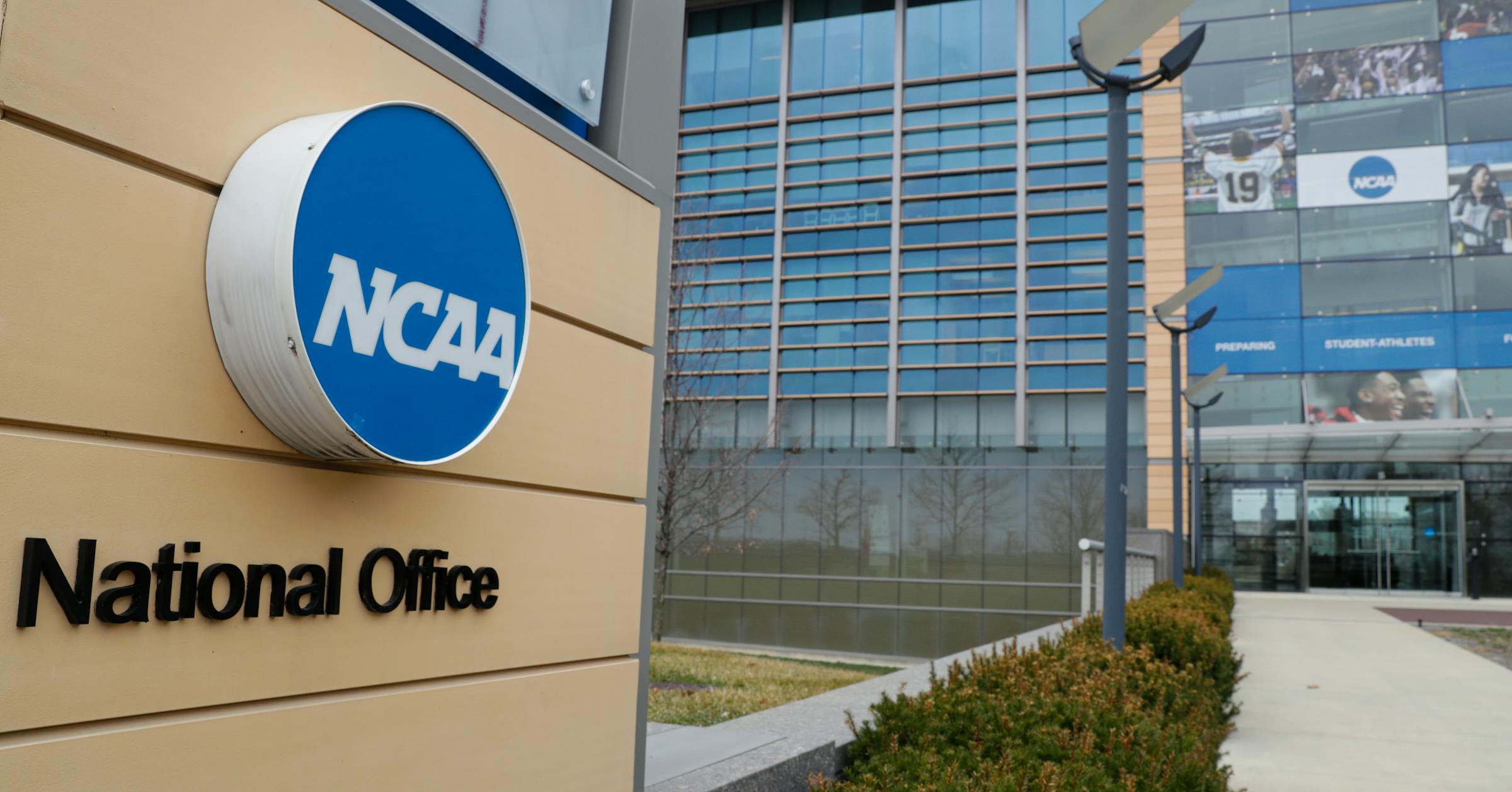
What the settlement does not solve is the threat of further litigation.
Though this deal brings some uniformity to the rules, states still have separate laws regarding how NIL can be doled out, which could lead to legal challenges. Baker has been consistent in pushing for federal legislation that would put college sports under one rulebook and, if he has his way, provide some form of antitrust protection to prevent the new model from being disrupted again.
AP college sports: https://apnews.com/hub/college-sports
-

 College Sports3 weeks ago
College Sports3 weeks agoPortal Update – Basketball and Gymnastics Take Hits
-

 College Sports3 weeks ago
College Sports3 weeks agoPortal Update – Basketball and Gymnastics Take Hits
-

 Professional Sports2 weeks ago
Professional Sports2 weeks agoJon Jones answers UFC retirement speculation as fans accuse champion of 'holding the belt …
-

 Health3 weeks ago
Health3 weeks agoBYU women's basketball guard injures ACL twice
-

 NIL2 weeks ago
NIL2 weeks ago2025 NCAA Softball Tournament Bracket: Women’s College World Series bracket, schedule set
-

 Youtube2 weeks ago
Youtube2 weeks agoXavier Legette taught Marty Smith his signature celly
-

 High School Sports2 weeks ago
High School Sports2 weeks agoToday in the MHSAA
-

 College Sports3 weeks ago
College Sports3 weeks agoIU basketball recruiting
-

 College Sports3 weeks ago
College Sports3 weeks agoNCDC Commitment Profiles: Cyclones’ Martins Moving On to Saint Anselm College • USPHL
-

 Motorsports2 weeks ago
Motorsports2 weeks agoWhy IHOP Rode With Dale Earnhardt Jr. In Amazon NASCAR Debut




































